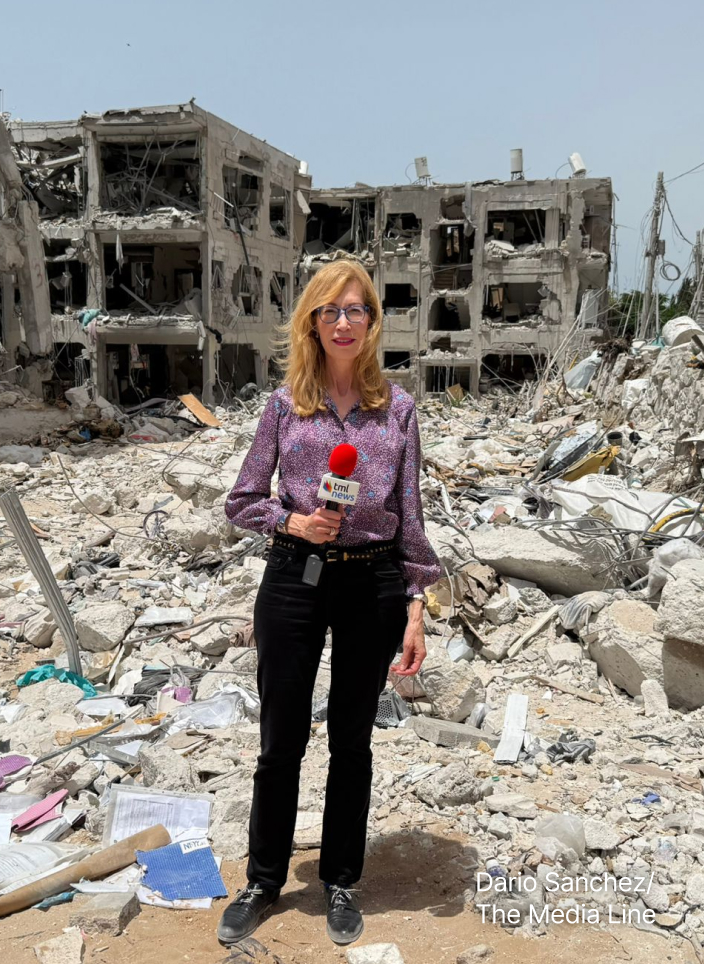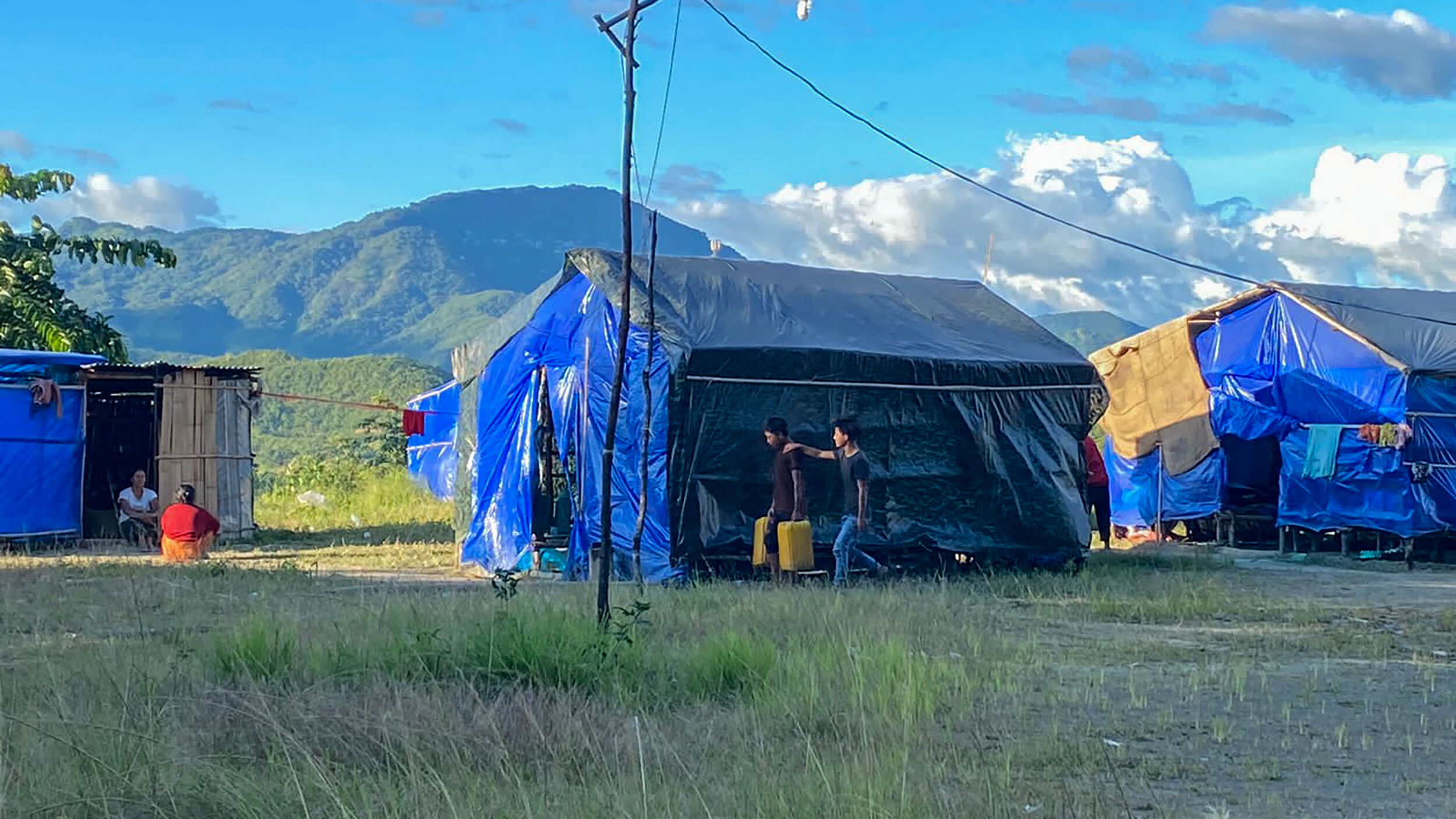India and the Myanmar Crisis
Al-Ittihad, UAE, August 6
Since the military seized power in Myanmar from an elected government in 2021, the country has been thrown into civil war, in which thousands of people have lost their lives. Strict sanctions imposed on the military have thus far been unsuccessful in curbing the violence. With the conflict now nearing its 30-month mark, it appears that the warring parties will continue to grapple through the second half of 2023. The armed forces have tremendous numerical and supply advantages, yet their efforts to contain the situation remain difficult due to the opposition’s growing strength. The national unity government, formed by members of the former parliament in Myanmar in response to the coup, has been striving for the restoration of democracy, yet the rally is yet to be met with success. With no definitive victor likely to emerge in the near future, the country stands on the brink of further devastating bloodshed. The violence in Myanmar has caused an influx of thousands of refugees into India, with more than 50,000 civilians streaming across the border from Myanmar’s Chin State and Sagaing region into India’s northeastern region. The military coup has resulted in acts of repression against the Kuki Chin tribes, motivating many of the Myanmar people to infiltrate the Indian states of Manipur and Mizoram in search of safety. Faced with this situation, Mizoram, a state with a large population of people with close ethnic and cultural ties to the population on the other side of the border, has set up camps to provide refuge for more than 40,000 individuals. This decision by India has sparked a state of instability on the country’s borders, especially in regard to the actions of the military junta against the Kuki Chin tribes. India consequently decided to register biometric data from individuals crossing the porous border between India and Myanmar. This move comes as a security measure, particularly in light of escalated violence in Myanmar. India’s strategy is to monitor cross-border movements and register potential refugees on this list to prevent them from claiming Indian citizenship. Efforts are underway to complete the fencing of India’s 1,643-kilometer border with Myanmar, with 10 kilometers already completed. This long, porous border has become an urgent security concern in light of recent developments in Manipur, a region with a turbulent past. For years, various militant groups have been using the mountainous border with Myanmar as a safe haven for launching attacks on the Indian Armed Forces. Ethnic violence between the Meitei and Kuki tribes which broke out more than two months ago has resulted in 100 deaths and the displacement of over 650,000 people, proving to be a difficult challenge for India’s internal security. India needs to maintain peace and tranquility in Manipur in order to strengthen Prime Minister Narendra Modi’s Act East policy. This policy seeks to bolster ties with Southeast Asian countries through business investments, trade enhancements, and improved transportation. Furthermore, this region is known to see the clandestine movement of firearms and drugs; a phenomenon that has further contributed to the turbulent circumstances in Myanmar. Consequently, India finds itself in a precarious situation, wherein it has allowed entry of refugees, but is refraining from interfering with politicians and the State Administration Council of Myanmar, a hands-off attitude that India has generally embraced since the 1990s. This has been done to ensure long-term stability near India’s borders, considering the fact that the rebels are entrenched in areas close to the Myanmar border and have been conducting raids. India has long guarded against an unchecked Chinese presence in Myanmar, with cooperation between the two countries growing and diversifying from energy to defense over the past few years. Even as unrest plagued Myanmar this year following the military overthrow of the democratically elected government of Aung San Suu Kyi, New Delhi continued to extend military aid to Myanmar, providing it with advanced armaments. India has affirmed its commitment to peace in neighboring Myanmar numerous times and has supported the employment of an ASEAN special envoy in a mediation effort. However, the escalating strife in Myanmar is beginning to take a toll on its neighboring countries, Bangladesh included. The Kutupalong and Nayapara refugee camps in the Bengali district of Cox’s Bazar are sheltering a staggering 919,000 Burmese refugees. A mass demonstration of Myanmar refugees in Bangladesh has arisen, demanding to be returned to their homeland. Bangladesh is calling on international agencies to assist in repatriating the refugees but they remain apprehensive due to fears for their personal safety. With a national election only six months away, it remains to be seen how the situation will progress. —Zikru Al-Rahman (translated by Asaf Zilberfarb)
Give the gift of hope
We practice what we preach:
accurate, fearless journalism. But we can't do it alone.
- On the ground in Gaza, Syria, Israel, Egypt, Pakistan, and more
- Our program trained more than 100 journalists
- Calling out fake news and reporting real facts
- On the ground in Gaza, Syria, Israel, Egypt, Pakistan, and more
- Our program trained more than 100 journalists
- Calling out fake news and reporting real facts
Join us.
Support The Media Line. Save democracy.



